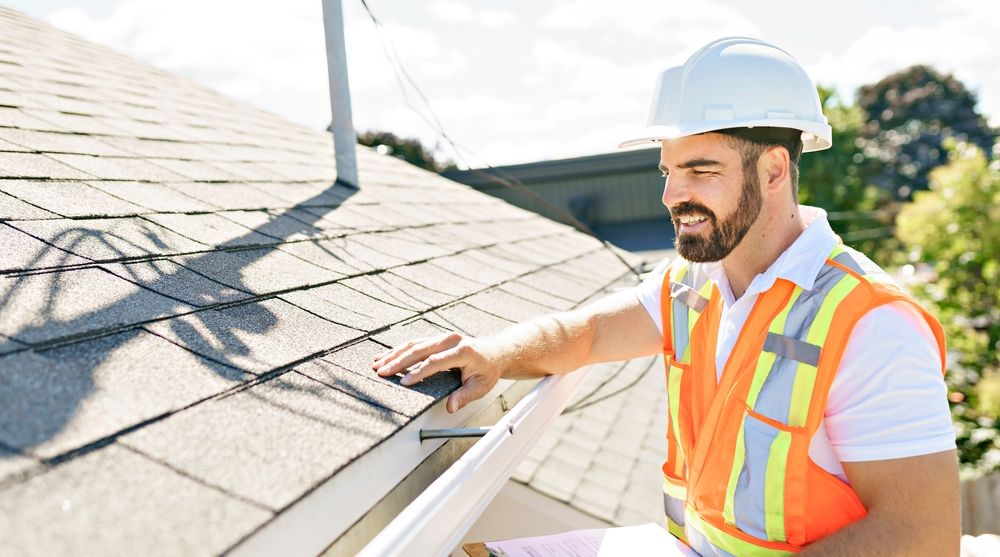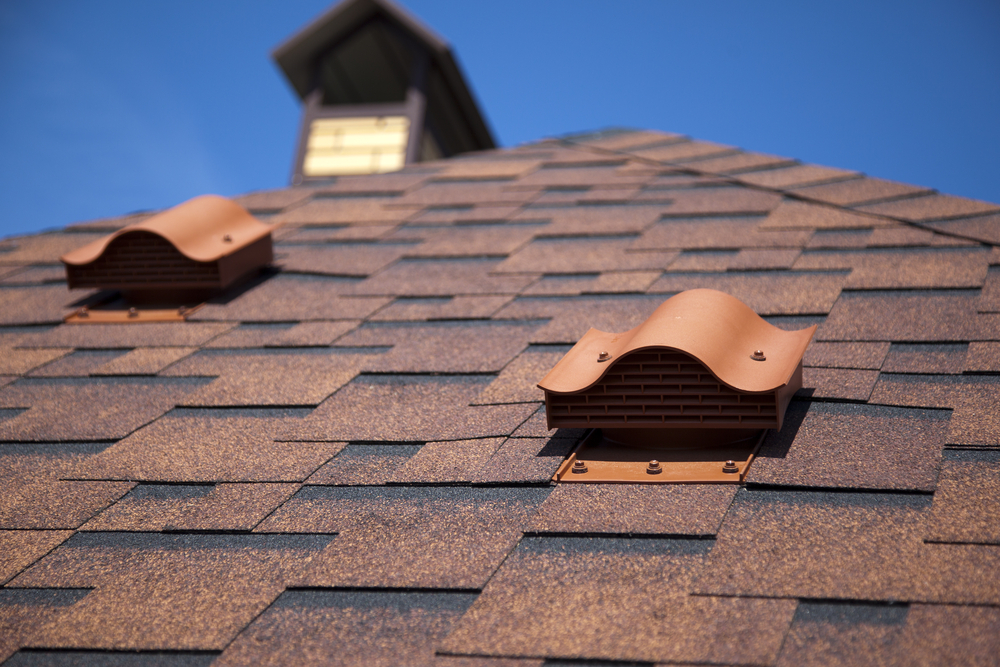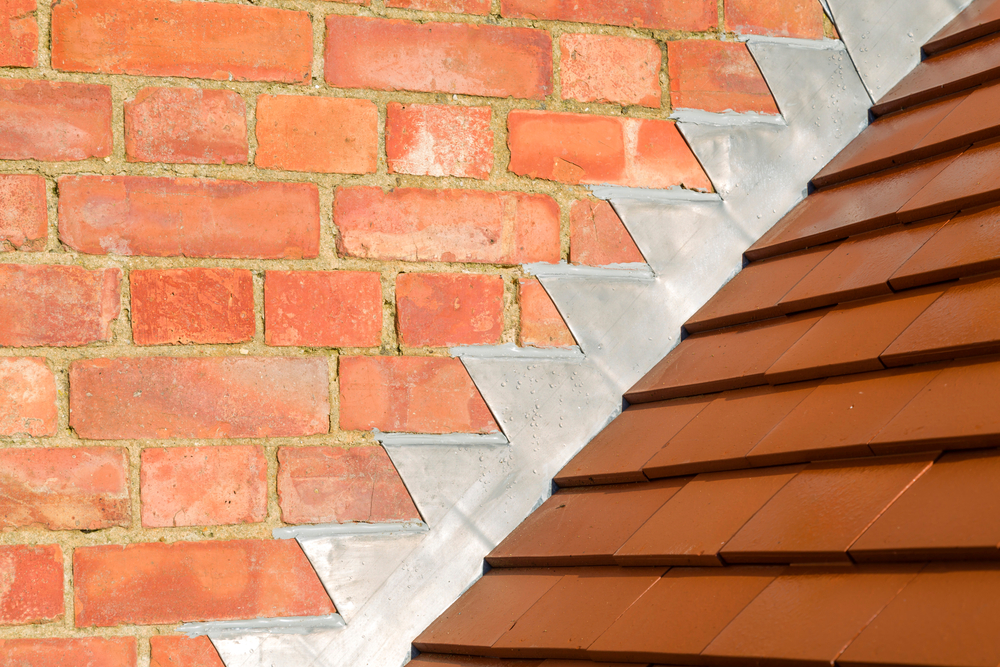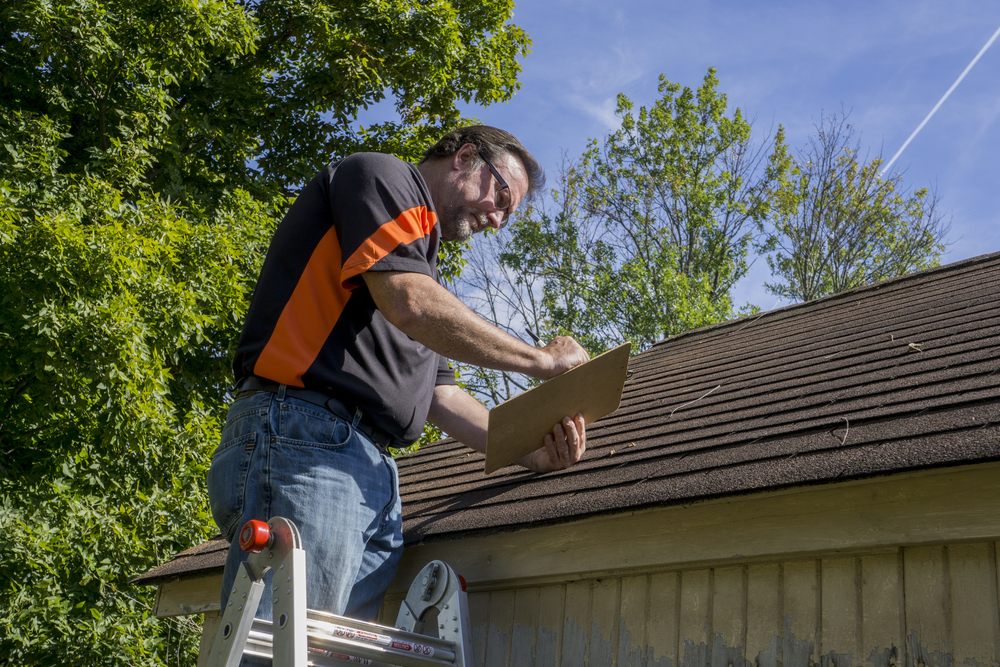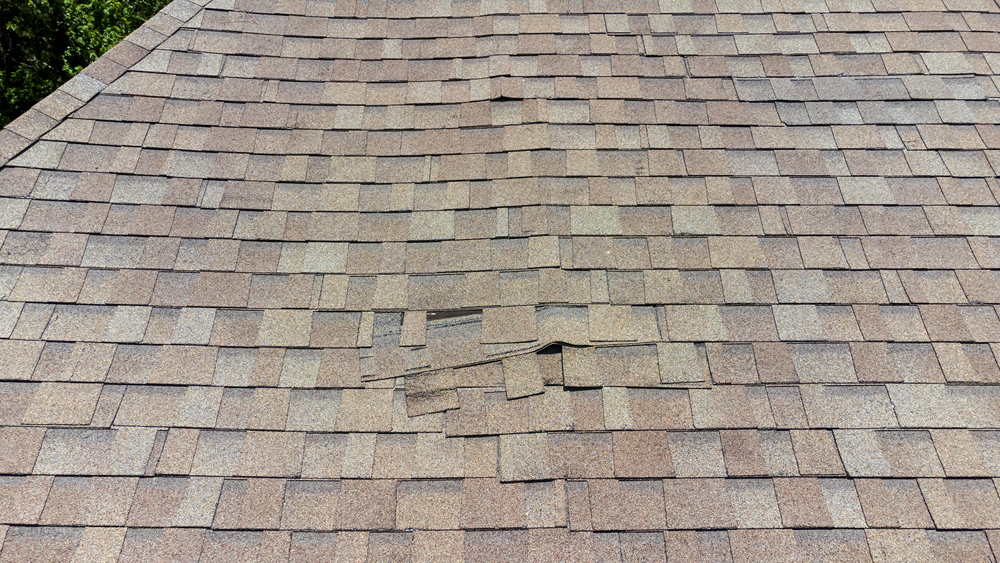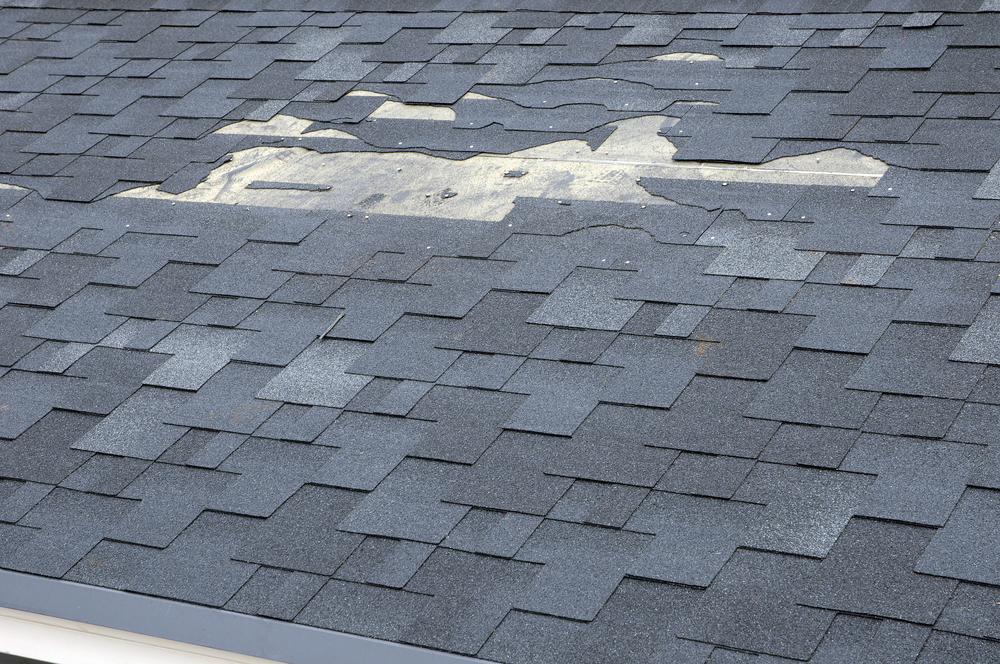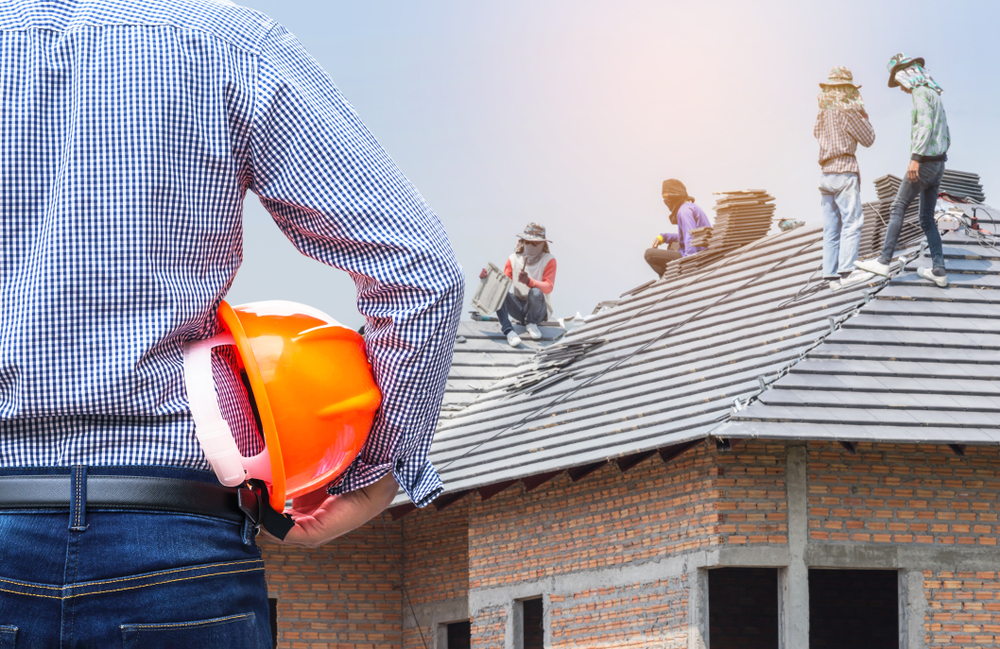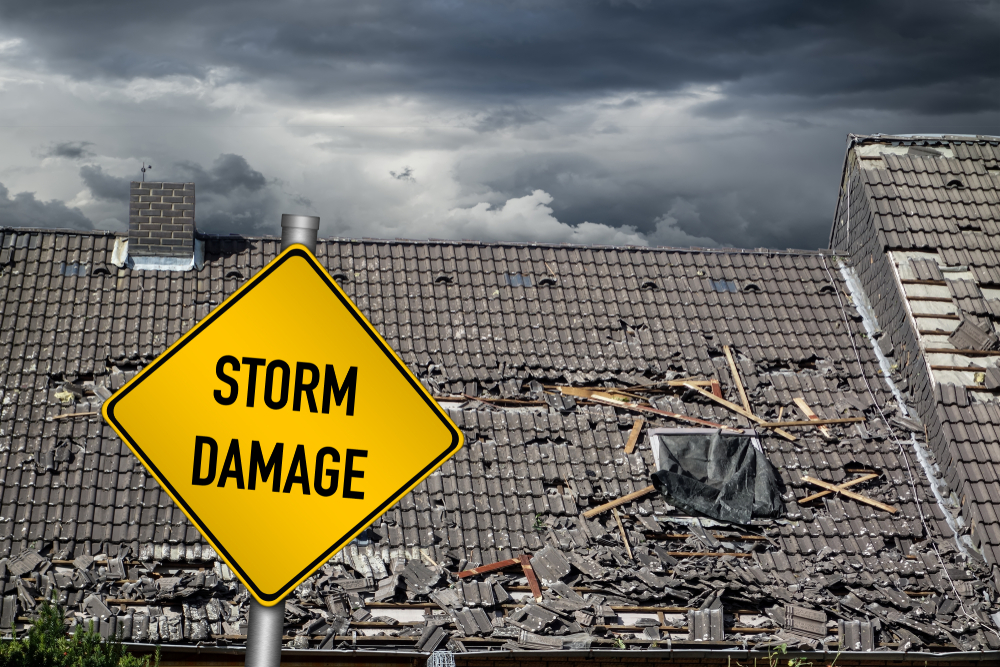There are several important components of your home to keep a regular eye on, and at or near the top of any such list for most homeowners is the roof. Not only is the roof one of the highest-value components of your home, it also plays a vital role in everything from protecting your home to providing curb appeal and more.
At The Roof Doctor, we’re here for all your possible residential roofing needs in Salt Lake City and nearby areas, including everything from basic inspections and upkeep appointments to roof repairs and even new roof installations where required. When it comes to the realm of roof inspections, we’re happy to work with your needs — some clients are comfortable performing their own periodic roofing inspections in certain areas, while others may not be and may call on us to assist them. No matter what your situation, what are some of the most important crux points on the roof to keep in mind when inspection is taking place? Here are some of the most important.
Shingles or Other Roof Materials
First and foremost, some of the most important aspects of any roof to inspect regularly are the shingles or other materials that make up its surface. Over time, these materials can degrade due to a variety of causes, from severe weather conditions and tree impact to simple old age and more. This degradation can cause problems such as leaks, drafts, and even structural damage if left unchecked for too long.
Therefore, a regular inspection of your roof’s shingles or other materials is crucial to keeping your roof in good condition. Be sure to look for any loose, damaged, or missing shingles, as well as any signs of excessive wear and tear such as cracks, splits, or fraying. If you notice any of these issues, be sure to call on a professional roofing contractor like The Roof Doctor for assistance as soon as possible.
In most cases, depending on the layout of your home, you should be able to visually inspect most or all of your roof shingles from the ground level. However, if you have any concerns or are unsure of what you’re looking for, don’t hesitate to call on a professional roofing contractor like The Roof Doctor for assistance. We’ll be happy to come out and take a look, providing you with a comprehensive report of our findings so that you can make the best decisions for your home moving forward.
Flashing
Another important component of your roof to keep an eye on is the flashing. Flashing is the material — usually metal — that’s used to seal any joints or gaps in the roof, such as around vent pipes, skylights, chimneys, and more. Like shingles, over time flashing can degrade due to weathering, old age, and other factors, which can eventually lead to leaks and other problems.
Therefore, it’s important to inspect your roof’s flashing regularly for any signs of damage, wear and tear, or other issues. If you notice any loose, damaged, or missing pieces of flashing, call on a professional roofing contractor like The Roof Doctor for assistance as soon as possible — this is not a job that you should be attempting unless you have specific training and experience.
In most cases, you’ll be able to visually inspect the flashing around your roof from the ground level. However, in some cases you may need to get up on the roof itself to take a closer look. If this is the case, be sure to exercise caution and call on a professional like The Roof Doctor for assistance if you’re the least bit uncomfortable.
Gutters
When it comes to roofing, one of the most often overlooked components is the gutters. However, your gutters play a crucial role in protecting your roof (and your home in general) from water damage. Over time, gutters can become clogged with leaves, twigs, and other debris, which can eventually lead to problems such as leaks, drafts, and even mold and mildew growth.
Therefore, it’s important to inspect your gutters regularly and clean them out as needed to prevent these problems from occurring. In most cases, you should be able to visually inspect your gutters from the ground level and remove any debris that you see by hand. However, if you have any concerns or are unsure of what you’re doing, don’t hesitate to call on a professional like The Roof Doctor for assistance.
Soffit and Fascia
Two more important components of your roof that are often overlooked are the soffit and fascia. The soffit is the material that covers the underside of your roof’s overhang, while the fascia is the material that covers the ends of your roof’s rafters. These materials play an important role in protecting your home from weather damage, pests, and more.
Over time, soffits and fascia can become damaged, loose, or even missing entirely. Therefore, it’s important to inspect these materials regularly for any signs of damage or wear and tear. If you notice any problems, be sure to call on The Roof Doctor for assistance as soon as possible for help.
By paying some basic attention to your roof on a regular basis, you can help to ensure that it stays in good condition for years to come. If you have any concerns or are unsure of what you’re doing within any kind of SLC roof inspection or related need area, don’t hesitate to call on The Roof Doctor for assistance!

